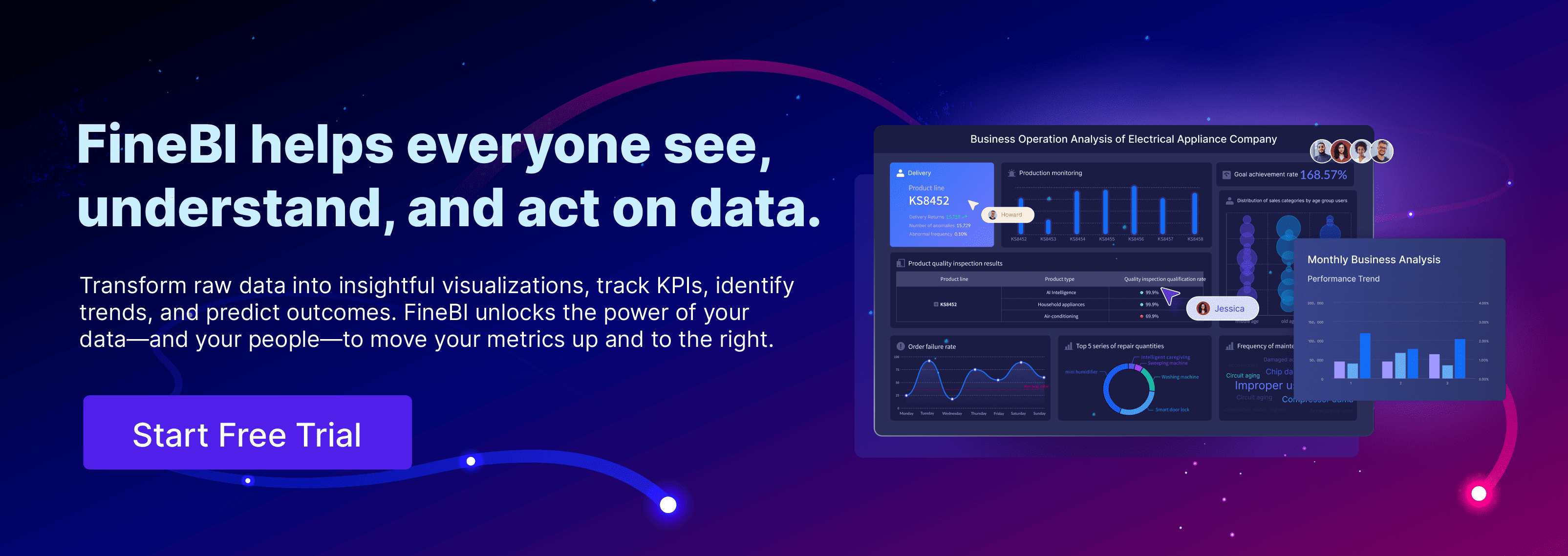

You use speech analytics to change spoken words into helpful information. This technology lets you know what callers feel and want. It does this by turning voice data into text and then studying it. Speech analytics uses tools like sentiment analysis to find patterns in talks. It also finds trends in conversations. Many companies think speech analytics is important:
- Global market size in 2024: USD 3.3 billion
- Projected market size by 2029: USD 7.3 billion
- Expected growth rate: 18.6% CAGR (2024–2029)
| Percentage | Description |
|---|---|
| 67% | Companies currently using speech analytics |
| 20% | Companies planning to deploy speech analytics |
With speech analytics, you learn from every customer talk. You can make better choices for your business.
How Does Speech Analytics Work

Speech analytics lets you learn from spoken talks. You can use it to know what customers say and feel. It also helps you find out what they want. The process has a few main steps. Each step helps turn audio into useful information.
Data Collection in Speech Analytics
First, you collect data. This means you record customer talks. These are often phone calls or online meetings. The recordings are the base for all later steps. Good data collection gives you better results.
Tip: Make sure you have clear rules for recording. Use many different speakers. Pick good technology and follow special rules for data. Always check if speech recognition works well. Watch the quality of your data. Teach your team to use good and fair methods. Keep training your team often.
Here is a table that shows the main steps in the speech analytics workflow:
| Step | Description |
|---|---|
| Data Collection | Recording and capturing customer conversations for analysis, typically during phone interactions. |
| Transcription | Converting recorded audio into written text using advanced speech recognition technologies. |
| Analysis | Identifying keywords, sentiment, and patterns in the transcribed text using AI and NLP techniques. |
| Reporting | Summarizing insights derived from analysis into actionable data for decision-making. |
If you follow these tips, your analytics will be better. Your insights will be more helpful and correct.
Speech-to-Text Transcription Process
After you collect audio, you move to transcription. Automatic speech recognition changes speech into text. This is called call transcription. New tools use smart engines for this job.
How well transcription works depends on many things. In perfect settings, it can be over 90% right. In real life, it is between 70% and 98% right. Top models like Google, Microsoft, and Rev.ai are 73% to 84% right. Here is a table with average accuracy rates:
| Condition | Accuracy Rate |
|---|---|
| Optimal Conditions | Over 90% |
| Real-World Scenarios | 70% to 98% |
| Leading Models | 80% to 95% |
You may have problems with transcription. Bad sound, noise, and strong accents can make it less correct. Hard words and many speakers make it harder. Fast jobs and different file types also add trouble.
| Challenge | Description |
|---|---|
| Poor Audio Quality and Background Noise | Background noise and low-volume recordings can lead to inaccurate transcripts. |
| Accents and Dialects | Strong accents or regional dialects may cause misinterpretations. |
| Handling Technical and Industry Terms | Specialized knowledge is needed for legal or medical terms. |
| Speaker Identification in Multi-Speaker Recordings | Identifying speakers is hard with similar voices or interruptions. |
| Managing Fast Turnaround Requests | Tight deadlines can increase errors if not enough time is given for proofreading. |
| Handling Different File Formats | Some audio formats may degrade sound quality, making transcription more difficult. |
If you fix these problems, your speech analytics will be better.
Data Analysis and Pattern Recognition
When you have the text, you can study it for more meaning. Speech analytics, conversation analytics, and interaction analytics work together here. You use AI, machine learning, and NLP to find patterns, words, and feelings in the text.
NLP algorithms come in three types. Symbolic uses language rules. Statistical uses math models. Hybrid mixes both for better results.
You can use these ways to find patterns:
- Tokenization
- Part of Speech Tagging
- Named Entity Recognition
- Sentiment Analysis
Other good ways are supervised and unsupervised machine learning, support vector machines, Bayesian networks, and neural networks. These help you find what customers want, main topics, and feelings in each talk.
Note: Speech analytics software looks for words and phrases that show what customers mean and feel. For example, you can check if people like or dislike a product update. If you see many bad comments, you can fix the problem fast.
With real-time speech analytics, you get feedback right away. Real-time analytics lets you help customers as they talk. This helps your business act fast and care more about customers.
By doing these steps, you learn how speech analytics works. You turn audio into clear and useful ideas that help you make better choices.
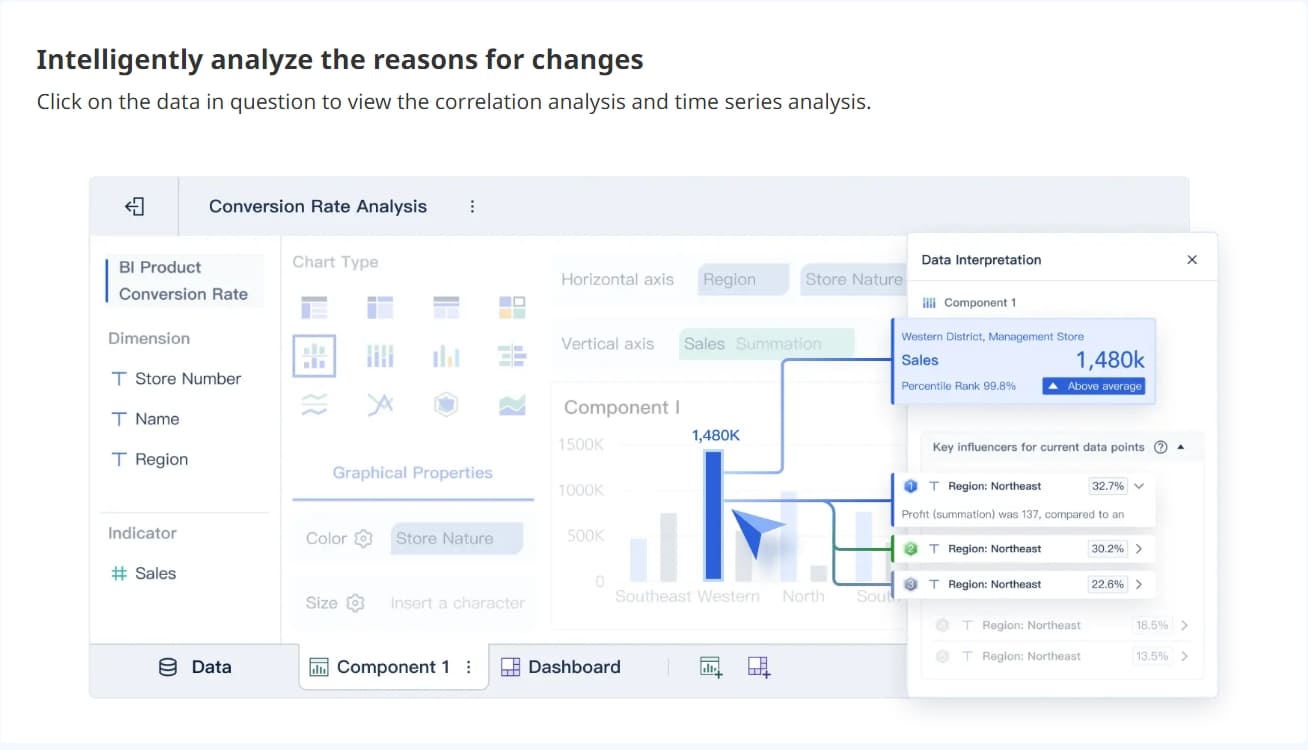
Reporting and Visualization with FineBI
Speech analytics lets you turn spoken words into helpful facts. You use it to look at talks and learn what people feel. This technology helps you see patterns in what customers say. It also helps you make better choices for your business.
First, you collect audio and change it into text. Then you study the words to find meaning. You need a way to see the results in a simple way. Reporting and visualization tools help you see what is going on. These tools make it easier to understand the data and take action.
Dashboards and reports show you what speech analytics finds. Dashboards give you important numbers and trends. Reports tell you details about what customers say and feel. You can use these tools to check sales, see if customers are happy, and watch how your team is doing.
Visualization tools make hard data easy to see. You get charts, graphs, and tables that show what customers talk about most. You can spot problems and see what makes people happy or upset. These tools use smart computer programs to find patterns and trends. You get a clear view of what is happening in your business.
You can use visualization tools to:
- Change long talks into easy charts and graphs.
- Find out which topics come up the most.
- See how customer feelings change over time.
- Compare how teams do and find ways to get better.
- Make choices faster by seeing trends right away.
Many speech analytics platforms let you make different dashboards and reports. You can pick the ones that work best for you. Here are some common types:
| Dashboard Type | What You Learn From It |
|---|---|
| Financial | Track money coming in, going out, and growth |
| Sales | See sales trends, conversion rates, and feedback |
| Marketing | Measure campaign results and customer interest |
| Operational | Watch supply chain and how well things are made |
| Report Type | What You Learn From It |
|---|---|
| Financial | Look at income, spending, and money health |
| Sales | Study sales numbers and if customers are happy |
| Marketing | Check ads and how people react |
| Operational | See inventory and how long things take to make |
You use dashboards and reports to see what works and what needs fixing. You can share them with your team so everyone knows what is going on.
Platforms like FineBI make reporting and visualization easy. You connect your speech analytics data to FineBI and build dashboards by dragging and dropping. You do not need to know how to code. FineBI lets you pick from many chart types and styles. You can filter data, look deeper into details, and see updates right away.
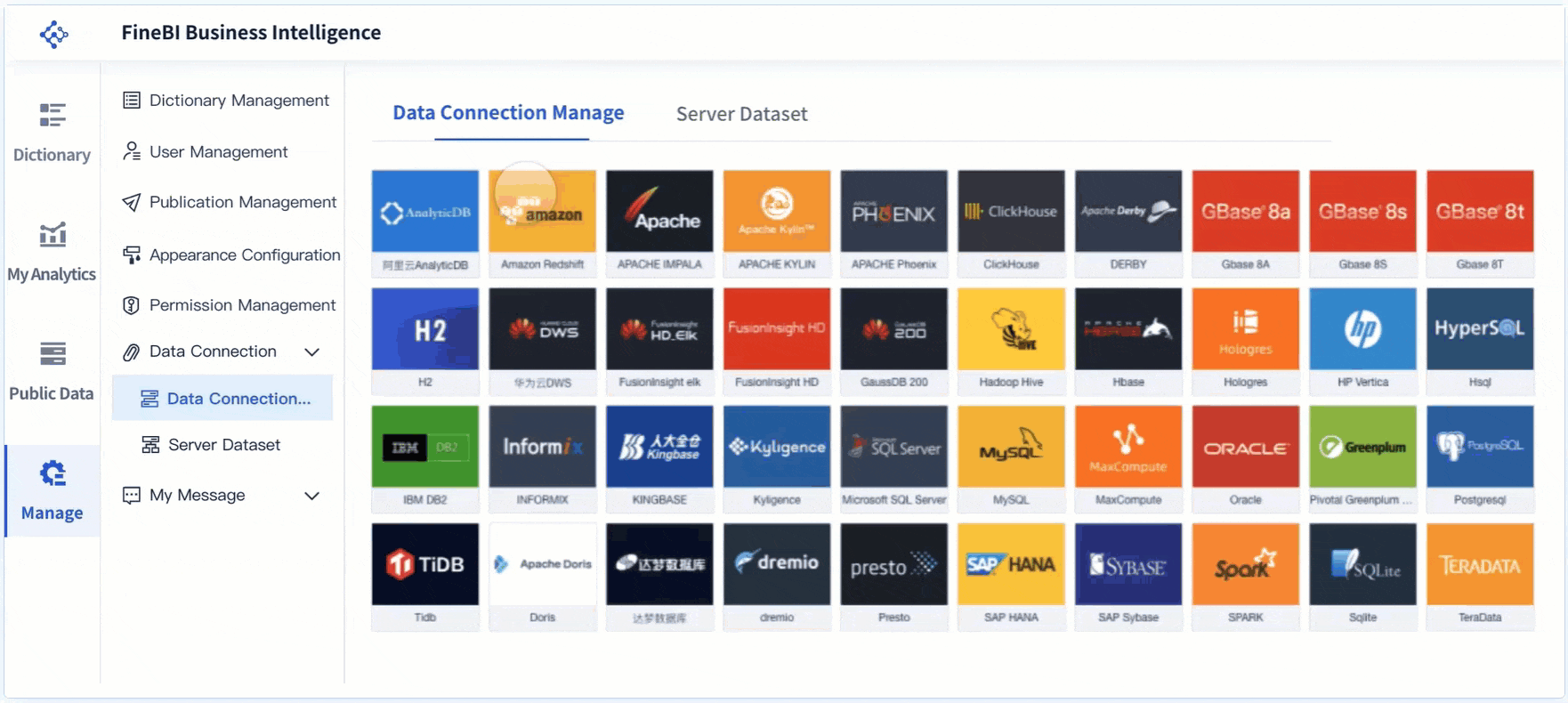
FineBI helps you:
- Bring together data from different places, including speech analytics.
- Clean and sort your data before making dashboards.
- Make interactive dashboards that show key numbers and trends.
- Share dashboards with your team and set who can see what.
- Use smart tools to find hidden patterns and guess what might happen next.
You can use FineBI to track sales, check if customers are happy, and help your business grow. You see all your data in one place and make choices based on facts. FineBI supports many kinds of reports and dashboards, like financial, sales, marketing, and operational views.
Tip: When you use FineBI with speech analytics, you get clear answers from every talk. You can spot problems early and act fast to help customers.
You do not need special training to use FineBI. The platform is easy for everyone in your company. You can see dashboards on your computer, tablet, or phone. FineBI helps you turn speech analytics data into action.
By using reporting and visualization tools like FineBI, you get more from your speech analytics. You understand your customers better, help your team do well, and grow your business.

Key Benefits of Speech Analytics Software
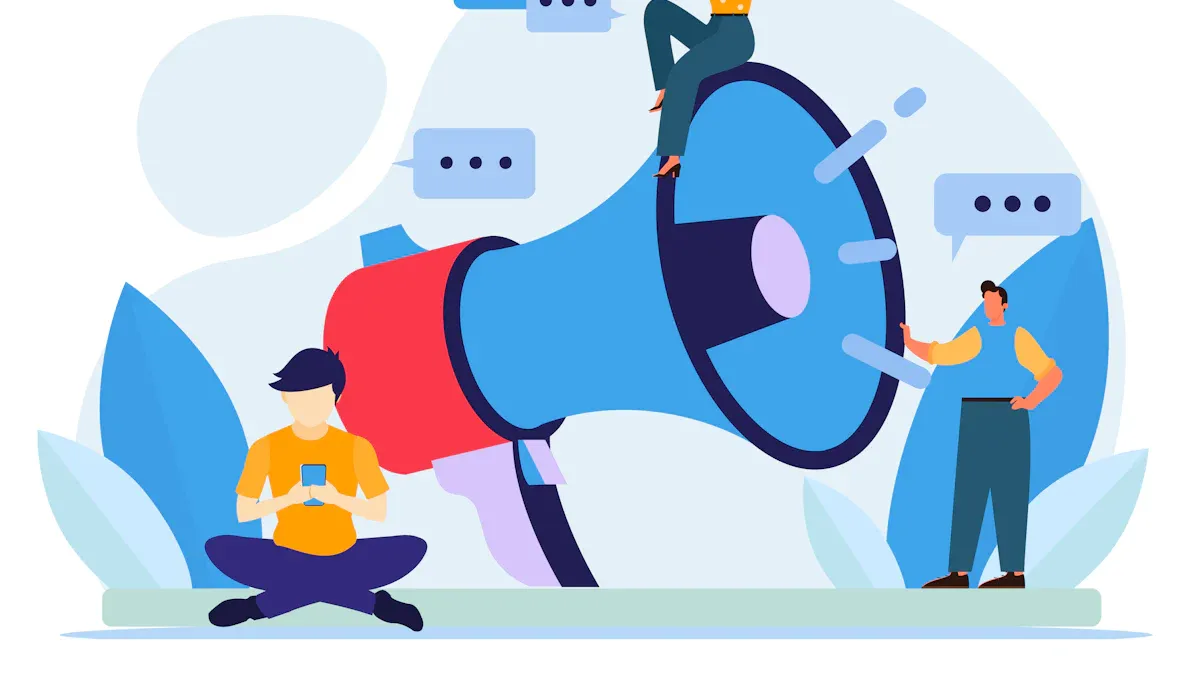
Enhancing Customer Experience
Speech analytics helps make every customer talk better. When you listen to customers, you learn what they like and do not like. The software helps you know how customers feel and find problems early. You can give each person a more personal touch. This makes customers feel special and listened to.
Here is a table that shows how speech analytics software helps customers:
| Improvement Type | Description |
|---|---|
| Enhanced Agent Performance | Better agent work means happier customers and more people stay. |
| Understanding Customer Sentiment | Knowing how customers feel helps agents answer better and make people happy. |
| Personalized Customer Experience | Giving answers that fit each customer makes them more interested and pleased. |
| Reducing Customer Effort | Finding problems early makes things easier for customers. |
| Faster Resolution Times | Fixing issues quickly means shorter calls and faster help. |
You can also check customer loyalty with Net Promoter Score. Speech analytics uses sentiment analysis to see how customers feel during calls. This helps you know who will tell others about your business and who needs more help. When you use these ideas, you make stronger bonds and get more loyal customers.
Improving Operational Efficiency
Speech analytics software helps your team work better. You can find common problems in talks and fix them fast. This means agents spend less time on each call. Agents can also solve problems the first time, so customers do not need to call again.
- Speech analytics helps lower handle time by showing agents the main problems.
- It makes call summaries by itself, so agents can help customers more.
- You get tips that help agents fix issues on the first call, so there are fewer repeat calls.
You save money by making your team work faster. Speech analytics software also finds patterns that show where you can spend less. Here is a table that explains how you save money:
| Area of Savings | Description |
|---|---|
| Compliance and Quality Assurance | Automatic checks help you avoid legal trouble and lower costs. |
| Identifying Cost Patterns | Looking at talks shows where things are slow, so you can fix them and save money. |
| Automation of Processes | Conversational AI does simple jobs, so you need fewer workers and work gets done faster. |
Ensuring Compliance and Risk Management
Speech analytics helps keep your business safe and follow rules. The software checks customer talks as they happen. It warns you if someone breaks a rule or if there is a risk. You get reports that help you fix problems before they get big.
- Watching calls in real time helps you follow the rules.
- Automatic reports show where risks might be.
- Learning from talks helps you train your team better.
- You can make quick choices with clear facts.
Many fields, like banks and hospitals, use speech analytics to follow strict rules. The software helps keep private info safe and stops legal problems. Here is a chart that shows how compliance features help:
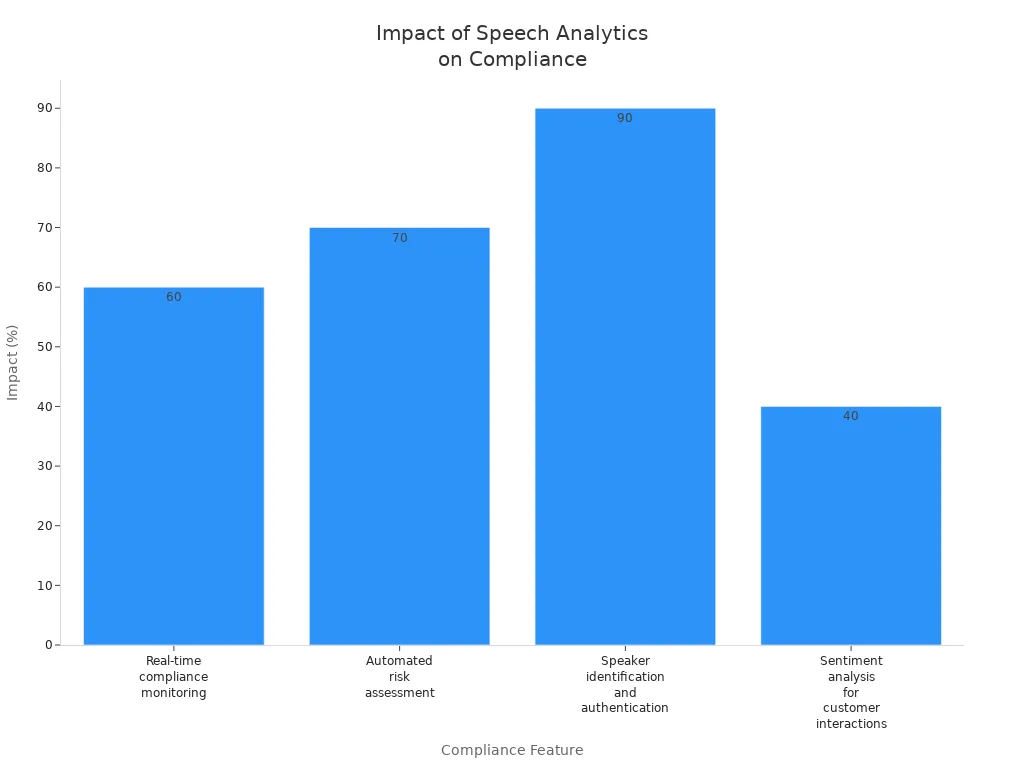
You can also see how speech analytics helps with common compliance needs:
| Compliance Requirement | Details |
|---|---|
| HIPAA and HITECH Compliance | Makes sure you follow rules that protect patient info. |
| Reduced Liability | Lowers legal risks from patient problems. |
| High-Level Data Security | Keeps private patient data safe from leaks. |
| Simple and Efficient Auditing | Makes it easier to check if you follow the rules. |
| Data-Rich Report Generation | Gives facts to help train teams and make work better. |
Speech analytics software gives you tools to keep your business safe, protect customers, and build trust.
Driving Business Intelligence and Strategy
Speech analytics helps you make better business choices. It gives you clear ideas from every customer talk. When you look at these talks, you learn what customers want. You also find out what problems they have and how they feel about your products.
This technology lets you see important trends. You notice patterns in what people say. You can spot new needs or issues before they get worse. These ideas help you plan well and act quickly.
Here are some ways speech analytics helps your business:
- You get useful ideas from customer talks. These ideas show what works and what should change.
- You can find trends, customer needs, and problems. This helps you focus on what matters most.
- You can use these ideas when you plan for your business. This makes your plans stronger and more helpful.
- You find important trends by looking at customer talks. These trends help you make good choices and reach your goals.
- You use real facts, not just guesses, to shape your plans. This leads to better results.
- You learn how customers feel. This helps your team do better and follow rules.
- You find new chances by listening to what customers say. This can help you beat other companies.
- You connect what people say with how your business does. This helps you see what actions work best.
Tip: Use speech analytics to check if your changes help. You can watch results over time and change your plans if needed.
When you use speech analytics, you make choices based on facts. You can see what is happening right now and act fast. This helps your business grow and stay ahead of others.
Real-World Speech Analytics Applications
Contact Centers and Customer Support
Speech analytics helps contact centers a lot. It listens to every customer call. You learn what people feel and want. After calls, you see trends in satisfaction and frustration. You help agents by checking calls for coaching tips. You find chances to sell more and see how customers react right away.
Here is a table with common uses in contact centers:
| Use Case | Description | Business Impact |
|---|---|---|
| Elevating Customer Experience | Looks at all voice calls to find trends in how happy or upset customers are. | Higher satisfaction, fewer calls, and quick help in problems. |
| Optimizing Agent Performance | Checks every call to give agents personal coaching. | Better coaching, more rule-following, and agents stay longer. |
| Unlocking Revenue Intelligence | Finds clues for selling more in customer talks. | Better sales guesses, smarter lead scoring, and more value per customer. |
| Real-Time Sentiment Monitoring | Watches how customers feel during calls. | Quick help for upset customers, better understanding, and smarter rules. |
| Ensuring Compliance | Checks if rules are followed to avoid fines. | More rule-following, fewer fines, and smoother work. |
Brands using speech analytics in contact centers get 10% better customer scores. You also see call volume and time quickly. This helps you spot problems fast and make centers work better.
Sales and Marketing Optimization
Speech analytics makes sales and marketing stronger. You learn what customers want and how they act. AI speech analytics shows customer needs. This helps you make better marketing plans. You find what customers like, dislike, and prefer. After calls, you find new chances to sell more.
Here is how speech analytics helps sales and marketing:
- You find out what customers want and change your plans.
- You see new chances by looking at spending habits.
- You train sales reps using real call feedback.
You follow these steps:
- Record sales talks from different places.
- Change audio into text you can study.
- Look at the text to find patterns and feelings, then use what you learn.
Companies using Voice of Customer analytics lose fewer customers and get more value from each one. You also see customer happiness go up by 10-20%. Speech analytics helps you fix sales scripts and get better results.
Quality Assurance and Training
Speech analytics helps your team do a great job. It checks key scores by itself. You focus on agents who need help and coach them. After calls, you find important words and good ways to train your team.
You get these benefits:
- You watch all talks, not just a few.
- You help both top and bottom agents get better.
- You make quality checks more exact.
You see real changes. One team got almost 50% better at following rules by checking scripts with speech analytics. A big airline found agent scoring worked 17 times better than random checks. The VALDI PCA Score helped agents work faster by 52 seconds.
Tip: Using speech analytics in contact centers makes training and checks easier. You help your team grow and serve customers better.
Applications in Healthcare, Finance, and Other Industries
Speech analytics is used in many jobs. In healthcare, it helps doctors and nurses talk to patients. During Telehealth visits, you get feedback right away. This feedback helps you explain things to patients. You can also check if remote care is good. In mental health, sentiment analysis shows how patients feel. This helps you give better support to people.
In finance, speech analytics keeps your business safe. It helps you see if agents break rules. The software checks calls fast and warns you if there is a problem. You also learn what makes customers happy or upset. This helps you make your service better and keep customers. You can spot patterns in repeat calls and fix problems quickly.
Other jobs use speech analytics too. You learn about your customers and your competitors. By listening to calls, you find out what people want. You also learn what they do not like. You use this to make better products or services. You also learn what makes people buy things. When you know what works, you can teach your team to do the same.
Here are some ways speech analytics helps different jobs:
- Learn about customers and competitors by listening to calls.
- Find out what makes people buy things and sell more.
- Help agents do better and keep them from quitting.
- Catch rule-breaking early and stop it.
- Fix common problems so people do not call again.
Tip: Speech analytics makes your business smarter. It helps your team do better and gives customers a better experience.
| Industry | Key Application | Benefit |
|---|---|---|
| Healthcare | Telehealth feedback, sentiment analysis | Better care, patient support |
| Finance | Compliance checks, customer insights | Safer business, loyal clients |
| Retail/Other | Customer and competitor insights, sales improvement | More sales, better products |
Speech analytics helps many jobs grow and serve people better.

Speech Analytics vs. Related Technologies
Speech Analytics vs. Voice Analytics
You may wonder how speech analytics and voice analytics are not the same. Both help you learn from audio, but they focus on different things. Speech analytics looks at what people say in calls. It changes speech into text and then studies the meaning. Voice analytics listens to how people talk. It checks things like tone, pitch, and emotion. This helps you know if someone is happy, stressed, or excited.
- Speech analytics helps you find out what customers say and why they call.
- Voice analytics helps you know how customers feel, even if they do not say it.
Speech analytics is good for checking call quality. Voice analytics is good for seeing if customers are happy and how agents do. When you use both together, you get a full view of each call.
Speech Analytics vs. Text Analytics
Speech analytics and text analytics both help you learn from customer feedback. They use different sources to do this. Speech analytics works with audio data. It can find tone, emotion, and feelings in calls. Text analytics looks at written words, like emails or social media posts. It uses computer programs to find patterns in lots of text.
Speech analytics gives you emotional context. Text analytics shows you trends in written feedback. Using both helps you understand your customers better.
When to Use Each Technology
You need to pick the right tool for your goals. Here is a table to help you decide:
| Criteria for Use | Description |
|---|---|
| Customer Needs | Use speech analytics or voice analytics to learn what callers want. |
| Operational Efficiency | Use analytics to check many calls quickly for better coaching. |
| Quality of Data | Choose the tool that gives you the clearest and most useful data. |
Use speech analytics when you want to know what people say and how they feel in calls. Use voice analytics when you care about tone and emotion. Use text analytics when you want to study written feedback. Each tool helps you make customers happier and make better choices.
Choosing a Real-Time Speech Analytics Solution
Real-time speech analytics helps you understand calls as they happen. You get feedback from calls right away. This tool lets you spot problems fast. You can see how customers feel and make quick choices. You do not have to wait for reports. You notice trends and issues right away, so you can act quickly.
When picking a real-time speech analytics tool, make sure it fits your needs. The tool listens to calls and turns speech into text in seconds. It gives you helpful ideas fast. You can use it to help your team, make service better, and follow rules.
Essential Features to Look For
Look for features that make your job easier and more correct. Here are some important things to have:
- Live transcription so you see words right away
- Keyword analysis to find main topics in calls
- Agent assist to help your team during calls
- Compliance checks to keep your business safe
- Real-time speech recognition for fast results
- High accuracy when pulling out data
- Analytics that give clear and useful ideas
- Strong search tools to find things quickly
- Easy to connect with your current systems
- Good support and training from the company
These features help you get the most from speech analytics. You want a tool that is simple to use and gives you answers you need.
Integration with Business Intelligence Tools like FineBI
You can make your speech analytics even better by linking it to business intelligence tools. FineBI is one example. When you connect your speech analytics to FineBI, you can make dashboards and reports. These show trends, customer feelings, and how your team is doing. FineBI lets you bring in data from many places and turn it into charts and graphs. You do not need to know how to code. You can share dashboards with your team and choose who can see them. This helps everyone make better choices using real facts.

Implementation Considerations
When you start using real-time speech analytics, you might face some problems. You need to think about keeping data private and using it the right way. Make sure you protect customer voice data. Accuracy is important too. Noise, accents, and many speakers can make results less correct. You may need help to connect new tools with old systems. You must follow rules like GDPR or HIPAA. You also need to plan for costs, like setup and keeping data safe. If you think about these things early, you can avoid problems and get the best from your tool.
You can use speech analytics to learn from every talk. This technology helps you know what customers think. It helps you make your service better. Speech analytics gives you feedback right away. It shows you trends using sentiment analysis. You can see how your team does. You find places where you can improve. Many jobs use speech analytics to work faster and follow rules. If you pick a tool with good reporting, like FineBI, you get more from speech analytics. Try speech analytics to find new chances for your business.
FanRuan
https://www.fanruan.com/en/blogFanRuan provides powerful BI solutions across industries with FineReport for flexible reporting, FineBI for self-service analysis, and FineDataLink for data integration. Our all-in-one platform empowers organizations to transform raw data into actionable insights that drive business growth.
FAQ
Speech analytics helps you learn from customer talks. It finds patterns and shows if people are happy. You can use it to make your service better. It checks if your team follows the rules. It also helps you spot problems before they get big.
How well transcription works depends on sound quality. If the audio is clear, it is more correct. Most tools get 80% to 95% right when things are good. You get better results with less noise and fewer people talking.
Yes, you can link speech analytics to tools like FineBI. This lets you make dashboards and share reports. You can see trends without needing to code. It is easy to use with your other business tools.
You keep data safe by following privacy rules. Good software uses encryption and controls who can see data. Many platforms help you protect customer information. Always check if your provider follows the right rules.
First, record your customer calls. Pick a speech analytics platform that fits your needs. Connect your data to the platform. Use dashboards to look at what you find. Teach your team to use these ideas to help customers better.


